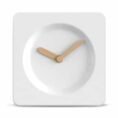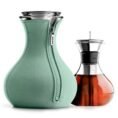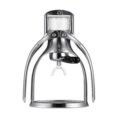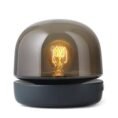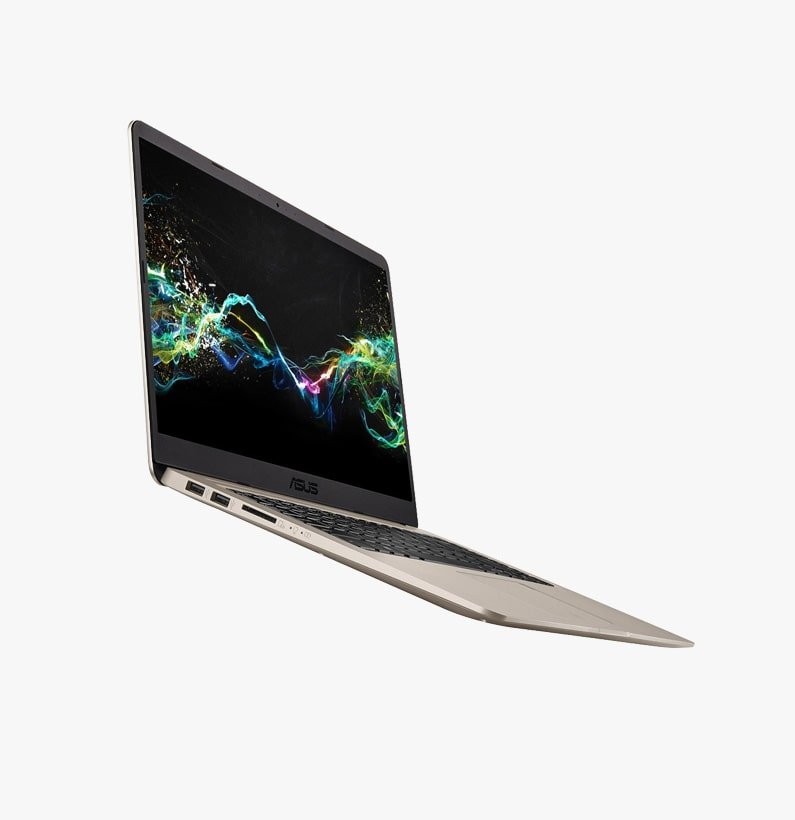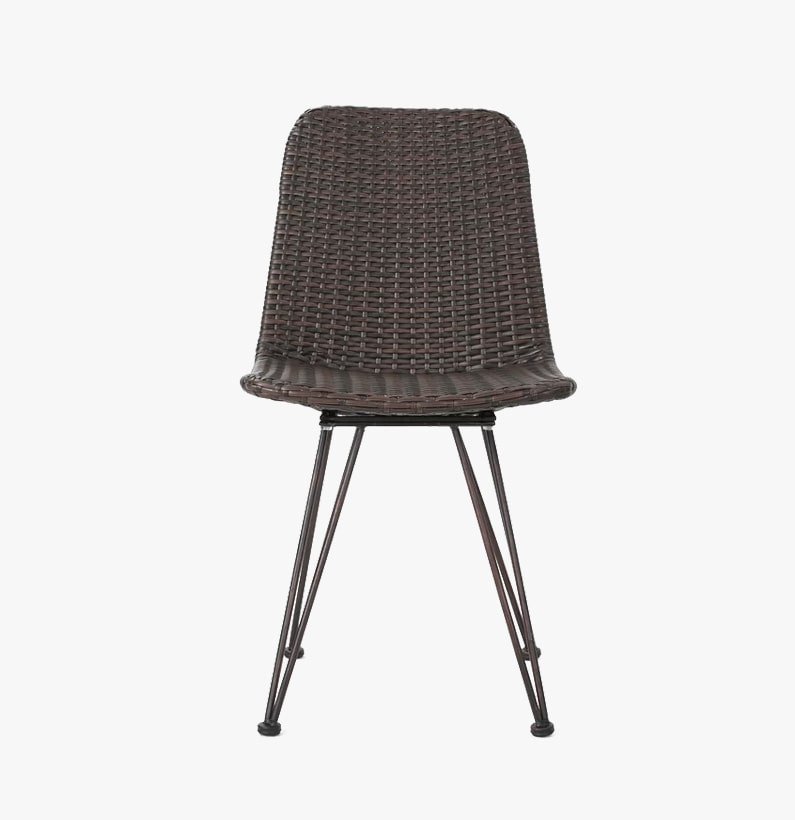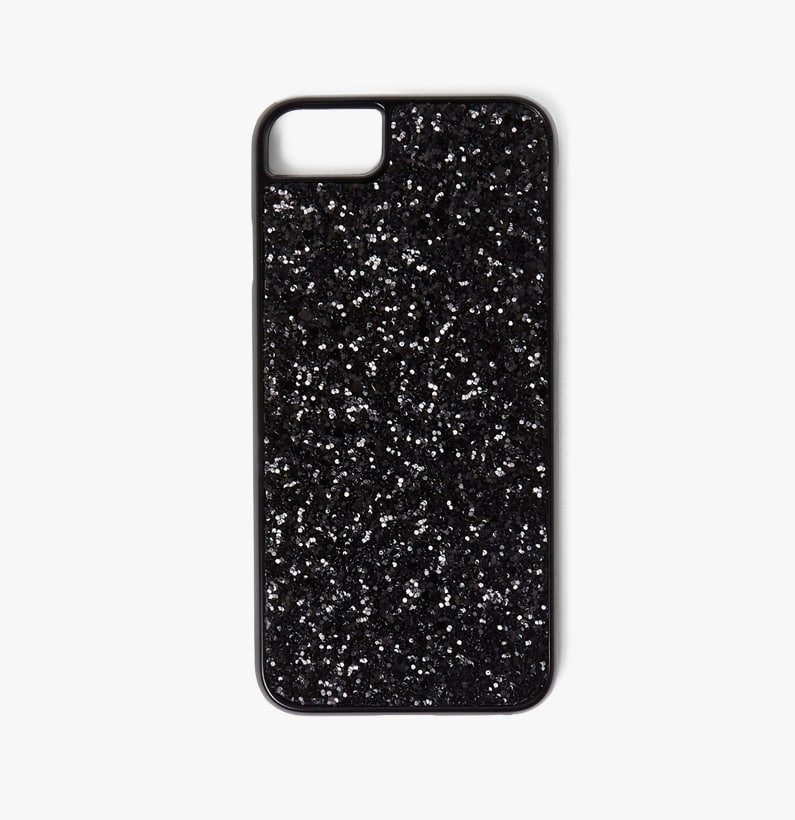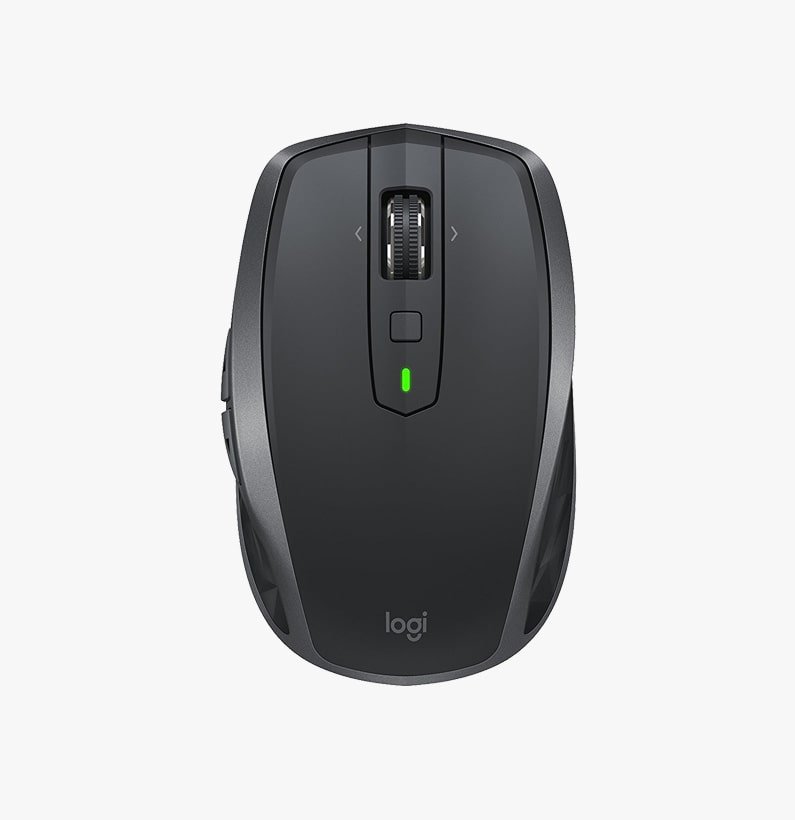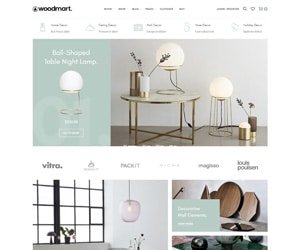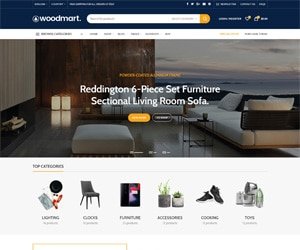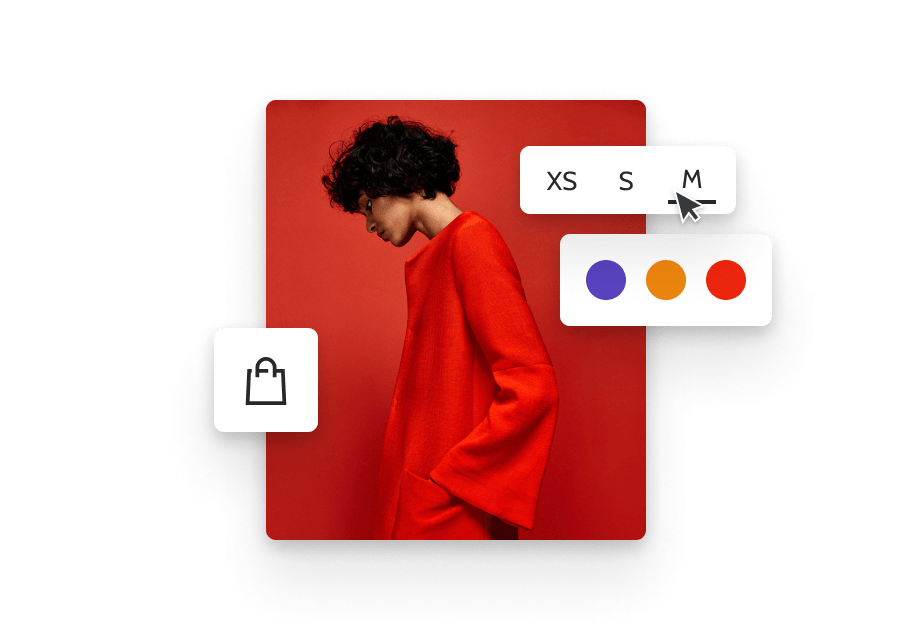The Role of a Layout Artist in Creative Advertising
The role of a layout artist in creative advertising is pivotal, providing the bridge between abstract concepts and visually engaging designs. These professionals play a crucial role in transforming ideas into coherent visual narratives that resonate with audiences. A layout artist employs their artistic skills to create layouts that not only capture attention but also facilitate communication of the brand’s message. They integrate various elements such as text, images, and colors, ensuring these components work harmoniously within the confines of an advertisement.
At the core of effective layout design is a keen sense of aesthetics. Layout artists must have a thorough understanding of visual hierarchy, balance, and composition. They should be adept at using whitespace intelligently to guide the viewer’s eye and emphasize crucial information. Furthermore, strong communication skills are essential, as layout artists often collaborate with copywriters, marketers, and other creative professionals. This collaboration ensures that the visual and textual elements align seamlessly to bolster marketing objectives.
Moreover, comprehension of marketing principles is critical in determining the target demographic and tailoring designs that appeal to them. Layout artists must be versatile, adapting their style to reflect the brand’s identity while maintaining originality. The fast-paced nature of the advertising industry presents challenges, including tight deadlines and the need to stay current with evolving design trends. Nonetheless, the impact of their work is profound; effective layout designs enhance brand visibility and significantly improve customer engagement. In conclusion, layout artists are not just creators of beauty but are strategic thinkers who play an essential role in the success of creative advertising campaigns.
Blending Creativity with Strategy: The Secrets to Effective Designs
In the realm of layout design, the blend of creativity and strategy is paramount for achieving effective communication. A successful layout is not merely about aesthetics; it demands a thoughtful approach that effectively conveys a brand’s message while engaging its target audience. Understanding who the audience is forms the cornerstone of any strategic design. By analyzing demographic information and preferences, layout designers can tailor their creations to resonate with specific groups, ensuring maximum impact.
Another essential element that informs effective layout design is color psychology. Colors evoke emotions and can significantly influence how a message is perceived. By leveraging color associations—like blue for trust or red for excitement—designers can strategically guide the viewer’s feelings and responses. Each color choice should align not only with the brand’s identity but also with the emotional response sought from the audience.
Moreover, implementing established design principles plays a crucial role in enhancing readability and communication. Factors such as contrast, alignment, and spacing contribute greatly to how information is processed visually. Adhering to these principles helps ensure that the viewer can quickly grasp the intended message. For instance, clear hierarchies can be established through varying text sizes and weights, facilitating an intuitive navigation experience.
Adapting layouts to suit various media—whether digital platforms or print—is equally vital. The techniques effective for a vibrant online environment may not be suitable for a traditional brochure. Therefore, flexibility in design is crucial, accommodating different formats while maintaining coherence in branding. The art of layout design lies in this intricate balance of creativity and strategy, ensuring that each piece not only captivates the audience but also serves its purpose effectively.
